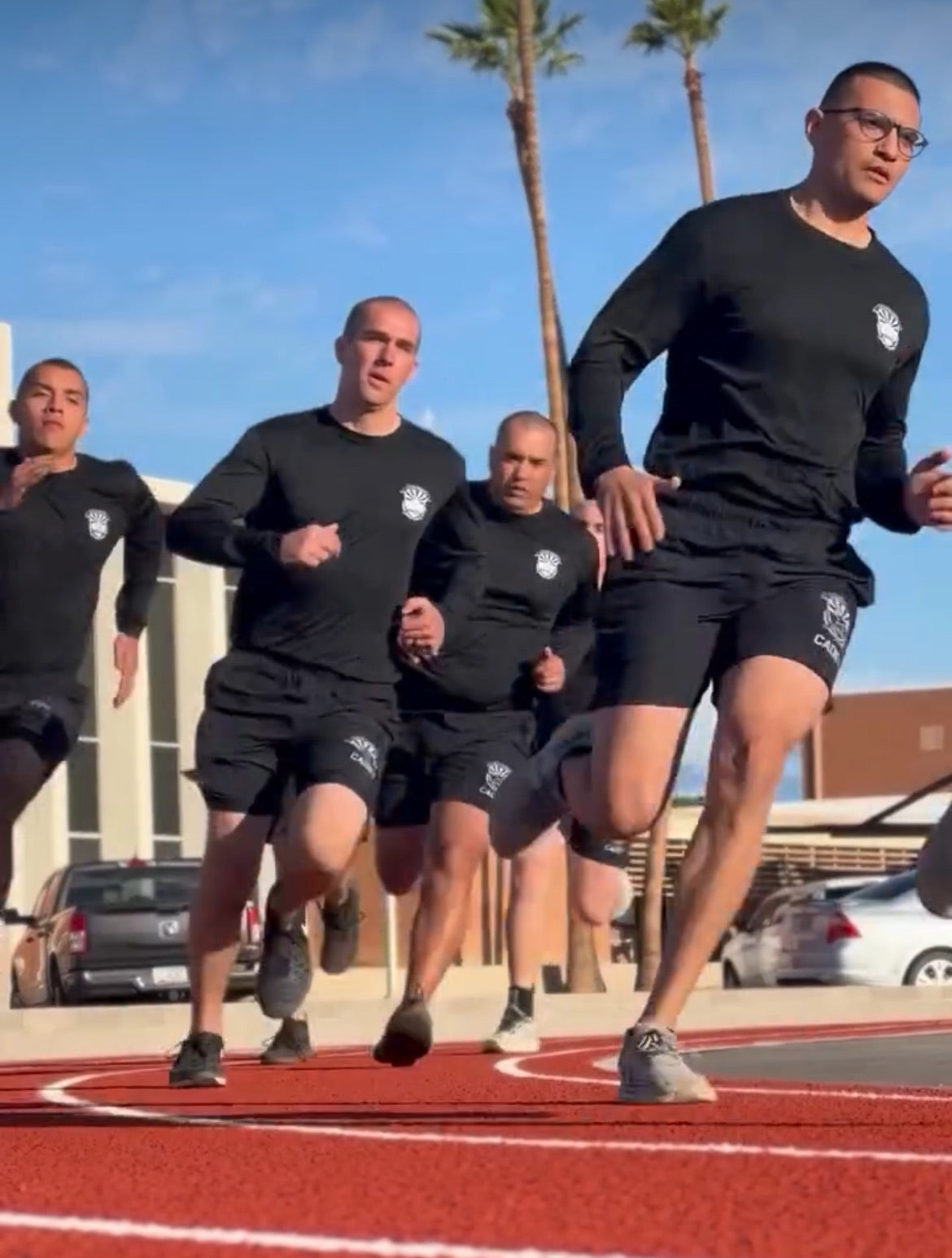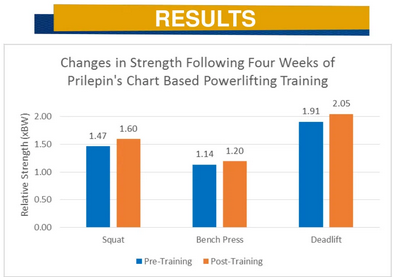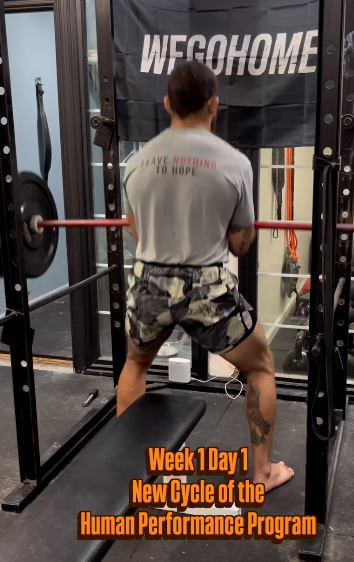How to build a future Cop.
Key Takeaway
In part 1 we went over the systemic challenges Police Departments are having with hiring and fitness standards for applicants. Part II we went over an example of a “Pre-Academy” phase some departments have started using to physically prepare applicants for the actual academy. This article will provide an example week for the actual first phase of physical training. In theory, the applicants should now be ready for a bit more stress and volume.
Program Breakdown
Phase 1
This phase will still focus on the aerobic system, however we are going to add more volume and just a bit more intensity. Length of phase can vary depending on the fitness of the candidates, how fast they’re making progress, etc.
Length: 4-8 Weeks
Focus:
-
Aerobic work (Heart Rate 120-150bpm)
-
Intervals- Short duration, full recovery (High Resistance)
-
General Strength Training- Total Body lifts – Basic Human Movements- This won’t Change
-
Movement Training- Extensive Warm Ups with proper running/sprint mechanics, and multi-direction- I would add some balance work here
-
Dynamic Work-Still prioritize MB Throws, Box Jumps, low level body weight plyometrics
Example Week:
Day 1: Strength/Aerobic Day
Block 1- Movement Prep:
Ground:
You can start the class on the ground with movements like this. Then work them towards a standing position:
This can be unweighted, and also completed with the moving foot on a slider on the ground if balance at this stage is an issue like below:
From there you can move into a single leg hop or bound. I would consider what I am demoing below as a balance drill. You don’t even necessarily have to have them move laterally every day. You could have them jump in place one day, random angles on others, etc.
Don’t worry about the candidates covering a ton of ground or jumping super high. Tell them to think about being smooth with their movement; land softly, under control, and actually stick the landing. Before you judge me in this video I was few weeks away from getting most of my medial meniscus removed in one of my knees so yes this looks awkward:
This block doesn’t need to end here. You can move on to agility work ranging from ladders or anything you’ve seen a college football player do. Of course, your skill as a coach should dictate what you use. This is your chance to each them to be efficient- no different than when you’re teaching them how to reload their weapon on the range or dry fire drills.
Block 2: High Resistance Intervals
Last phase we kept these in a moderate intensity. This phase I would want the candidates to train their ability to sprint. I am demoing below on Rogue Echo Bike the intensity and timing of this type of interval. You can have them work up to 10-20 Reps through this phase:
The idea is short, explosive bursts- 5-15 seconds- followed by full recovery. A great way to set this up for an academy class, depending on the size, is have them line up with enough people so that most of their rest will just be them waiting in line for the person in front of them to go. You can have them sprint off a whistle.
This is the ideal progression that I would prefer at this stage:
Week 1: Sled Pushes
Week 2: Sled Pushes or Hill Sprints
Week 3 Sprints 5-10 Second intervals
Week 4 Sprints- 10 Seconds
This is a great place to teach a proper starting stance, ensure they are using their arms when they run, etc. The way some people move will shock you. I understand we aren’t training elite athletes but it needs to at least look like running.
Block 3: Strength
Not much needs to change from last phase. Depending on how much time and volume you put into the high resistance intervals, this can either be a separate training session or what follows the sprint work.
A1) Single Arm Overhead Press- 5x5
A2) Trap Bar Deadlift Or Goblet Squat- 5x5
Rest 2 Minutes between
Below is a breathing ladder circuit. Do one rep, take a breath, do 2 reps, take 2 breaths, 3 Breaths/3 Reps- etc- build up to 5 and then back down to 1 for a total of 25 Reps. Move from exercise to exercise as you do this. This keeps movement quality high, but also sneaks in a bit of loaded aerobic work. They will get tired, but the key is having them take slow breaths between each rep. Diaphragmatic breathing is used all the time on the range to teach our future heroes how to calm themselves down during a critical incident. You can start practicing here.
Reps for unilateral movements listed are for each side:
B1) Pull Ups- Breathing Ladders- 1-5-1
B2) Goblet Reverse Lunge- 1-5-1
B3) Single Leg RDL
B4) MB Rotational Slam or Throw 1-5-1
Day 2: 30-45 Minutes- Zone 2 Loaded Walk
These do not need to be heavy. Have the candidates wear a light ruck or weight vest and you take them on a fast walk, ideally over varying terrain. Do not go over 35 lbs at this stage. Do not have them run. We’re still building work capacity.
After a warm up:
Week 1: 20 Minutes
Week 2: 30 Minutes
Week 3: 30-45 Minutes
Week 4: 45 Minutes
Day 3- Strength (Volume)
I would do a second strength day here. Same basic set up as day 1, except I would prioritize unilateral movements and keep the loads a bit lighter with higher repetitions. Still include a thorough movement prep prior to the session.
Day 4- Loaded Movements + Work Capacity
Last training day of the week can be another loaded movement, but can also start to include some “long slow distance” work. Keep this day aerobic focused, and a good test should seeing if the candidates can talk in full sentences during these movements/runs even as they fatigue.
You can combine this in endless ways, but the entire day could include body weight movements, sled work, rucking, 400-800 meter moderate paced runs, ect. Just keep them moving, but they shouldn’t be on the verge of passing out.
Week 1: 45 Minutes
Week 2: 60 Minutes
Week 3: 60-75 Minutes
Week 4: 60 Minutes
If time is an issue, you can view this as more of a density focused session where you slowly get the class to get more work in but in shorter periods of time, but just do this gradually- there is no use doing too much, too soon, and getting somebody hurt at this stage.
Closing
This phase is designed to keep building the engine, a bit of strength, and not hurting your investment. If put the work in now with the intensities I am describing above, as you move into the more intense/specific work you will get superior results as opposed to just beating them down the entire time.
Keep in mind you’re also teaching these recruits how to train, and ideally they will take this with them into their careers to not just get them fit during the Academy, but also keep them as Police Officers.



